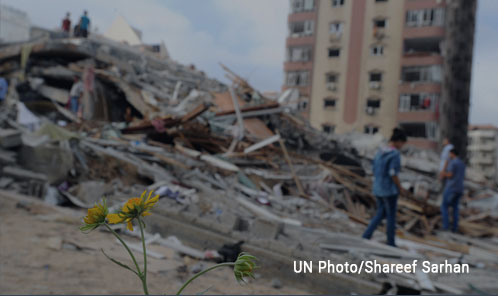Gender is more than just focusing on women. The majority of gender sensitivity in PVE programming focuses on women’s roles and participation in PVE. It may be more productive to think of gender as a frame of analysis that incorporates all people: women, girls, men, boys and those who define as neither or both. Consider how different women, men, boys, girls and those with other identities experience life in different ways depending on, for example, their age, class background, life experience, disability, or educational level.
Gendered expectations play a role in why some women and men choose to take up arms and others do not, although the same gendered expectations can lead to very different results. The expectation placed on men, for example, to be a breadwinner and protector, including expectations to ‘protect’ or control ‘one’s women’ be it at the personal, family or community level, can lead some men to join a VE group, while others may choose to flee the conflict-affected area with their families and thus better protect and support them.

Gender dynamics and recruitment in Syria
Research on gendered impacts of the violent conflict in Syria, as well as the gendered dynamics of recruitment into armed groups, showed that societal expectations of men as protectors of and providers for the family are making men and boys more vulnerable to joining armed groups in Syria. In the Syrian refugee context, men’s vulnerabilities have not been given the same degree of consideration as those of women and girls, who tend to be seen theoretically as the most vulnerable.
Source: L. Khattab and H. Myrttinen, ‘Most of the men want to leave’: Armed groups, displacement and the gendered webs of vulnerability in Syria, London: International Alert, 2017
People face different layers of vulnerabilities, from the heightened risk of physical and sexual and gender-based violence including sexualised torture, sexual exploitation and abuse, early and forced marriage, to a shift in gender roles. Women can experience having to take on multiple roles in the family and public sphere as pressure is placed on the male members of their families, or they are killed, incarcerated or have their mobility curtailed.
Men can face suspicions of being extremist. Men and boys can also be very vulnerable to sexual and gender-based violence (SGBV). This risk is increased during incarceration, arrest or detention.
Persons of diverse sexual orientation and gender identity are often at an increased risk of physical and sexual violence, abuse, harassment and extortion.


